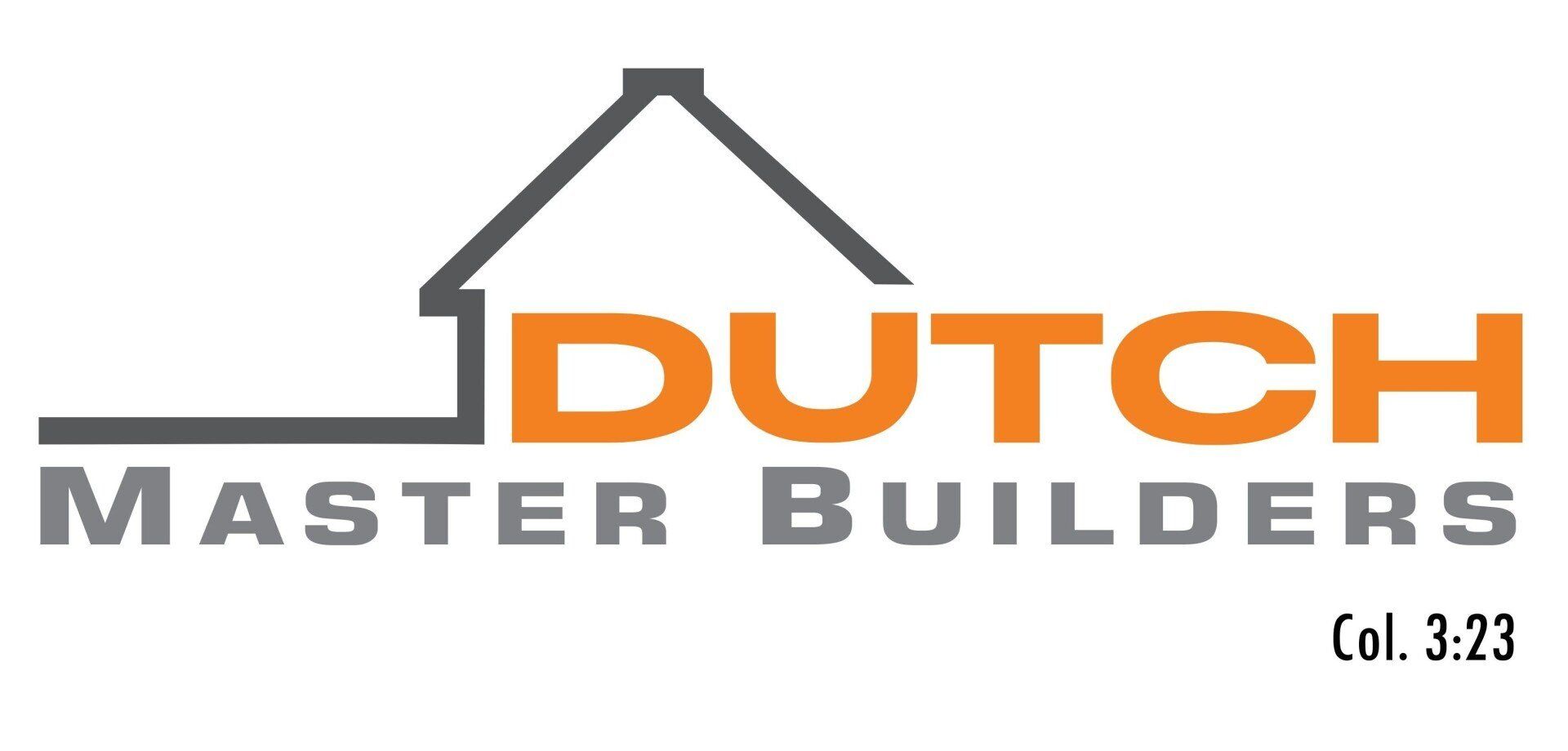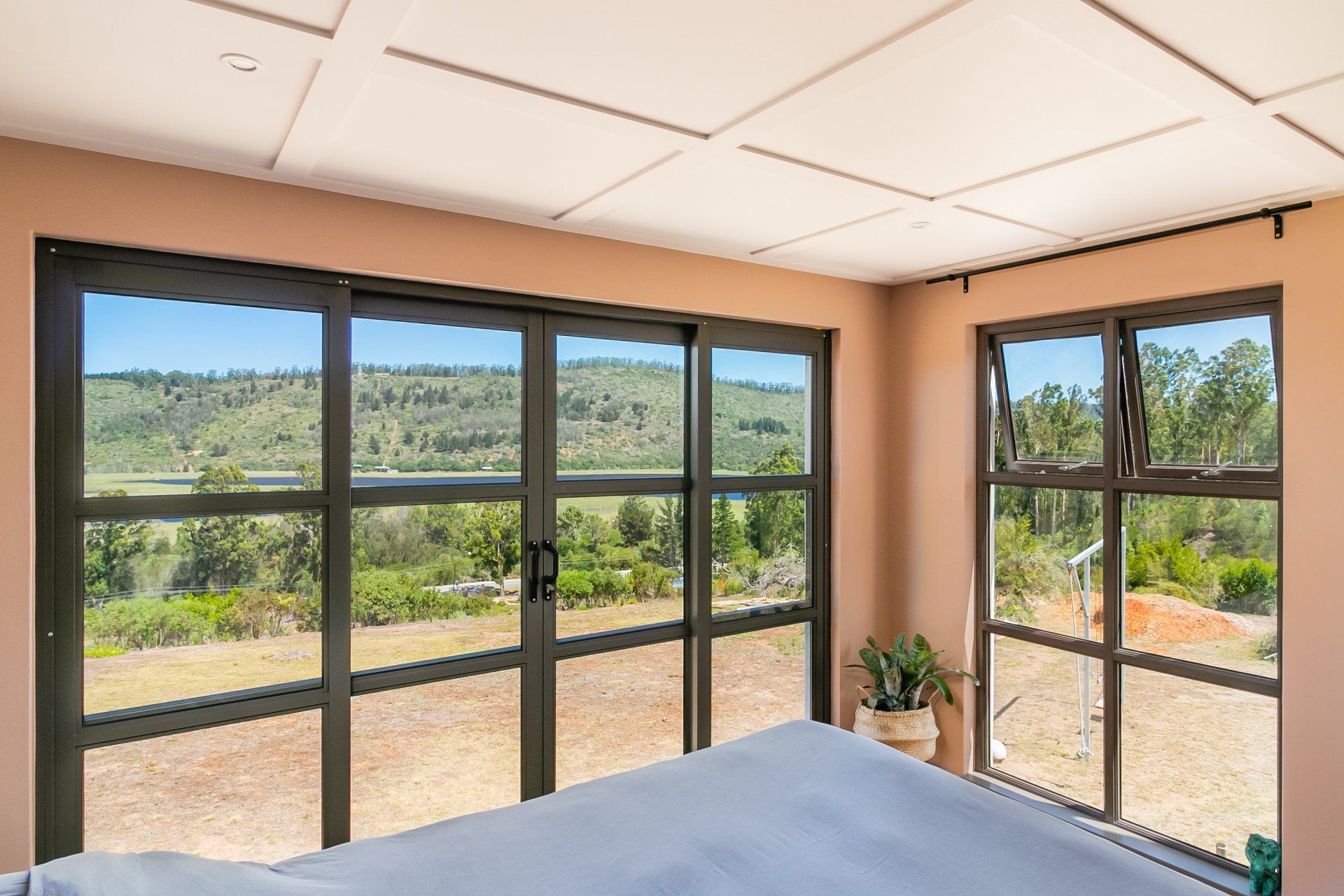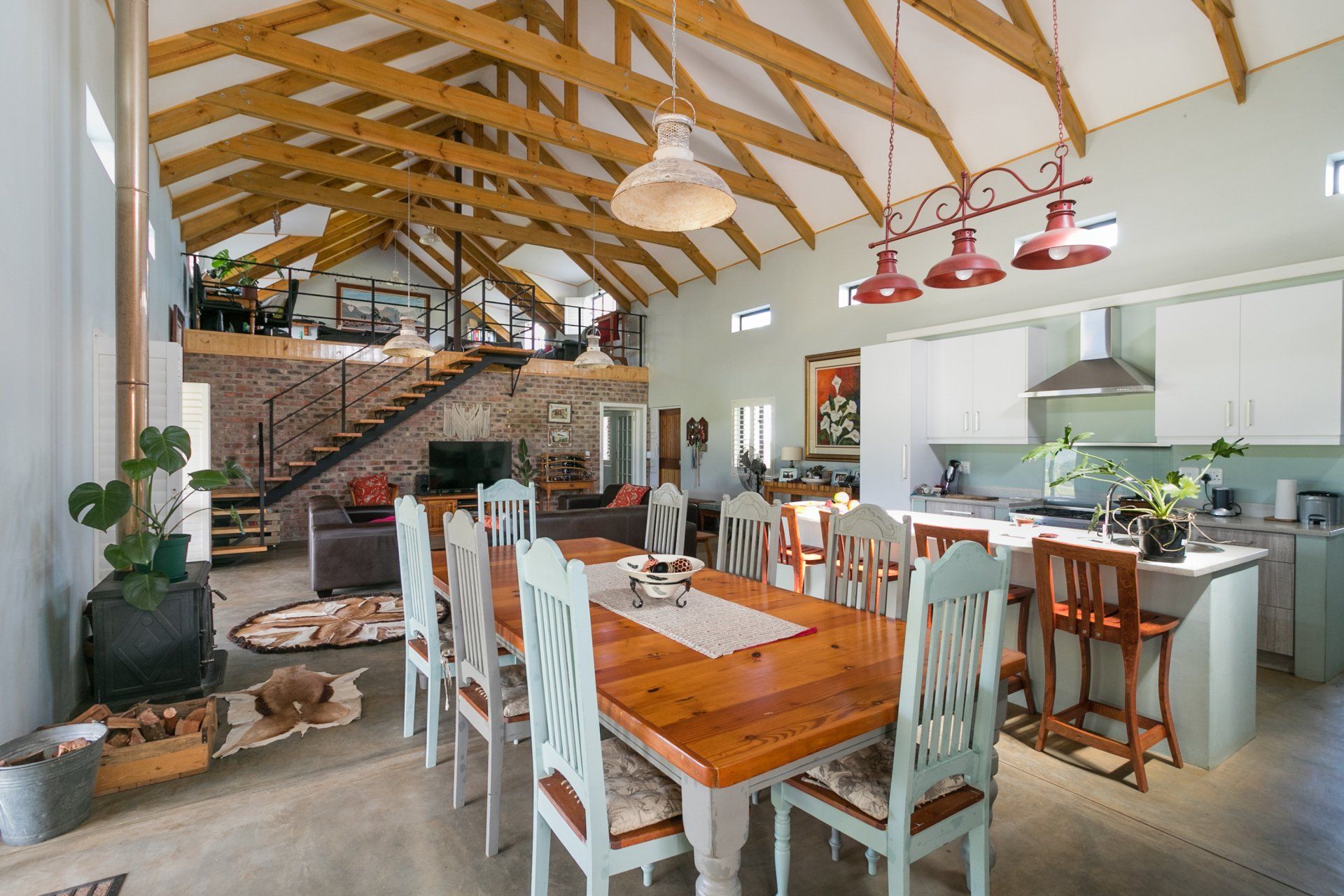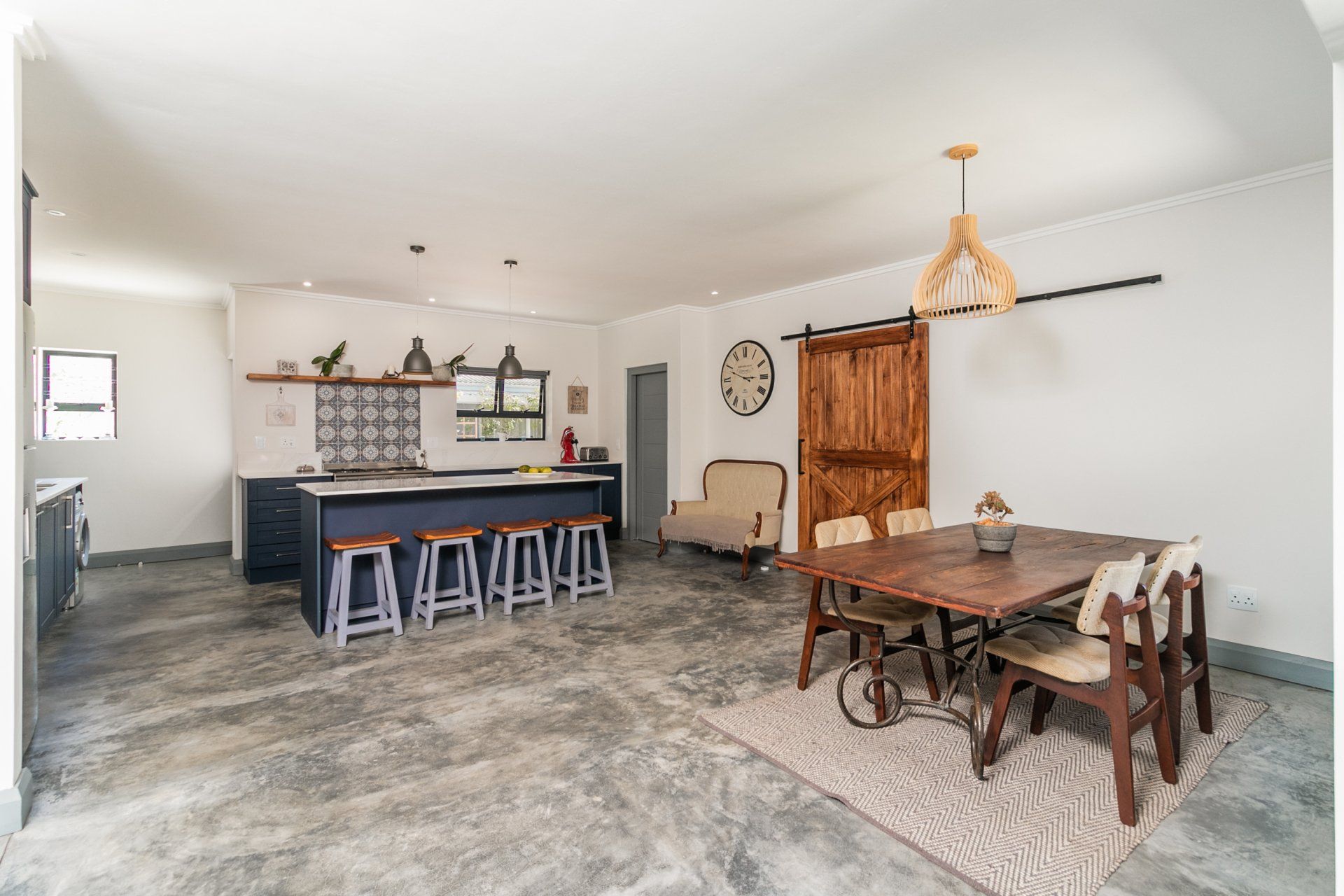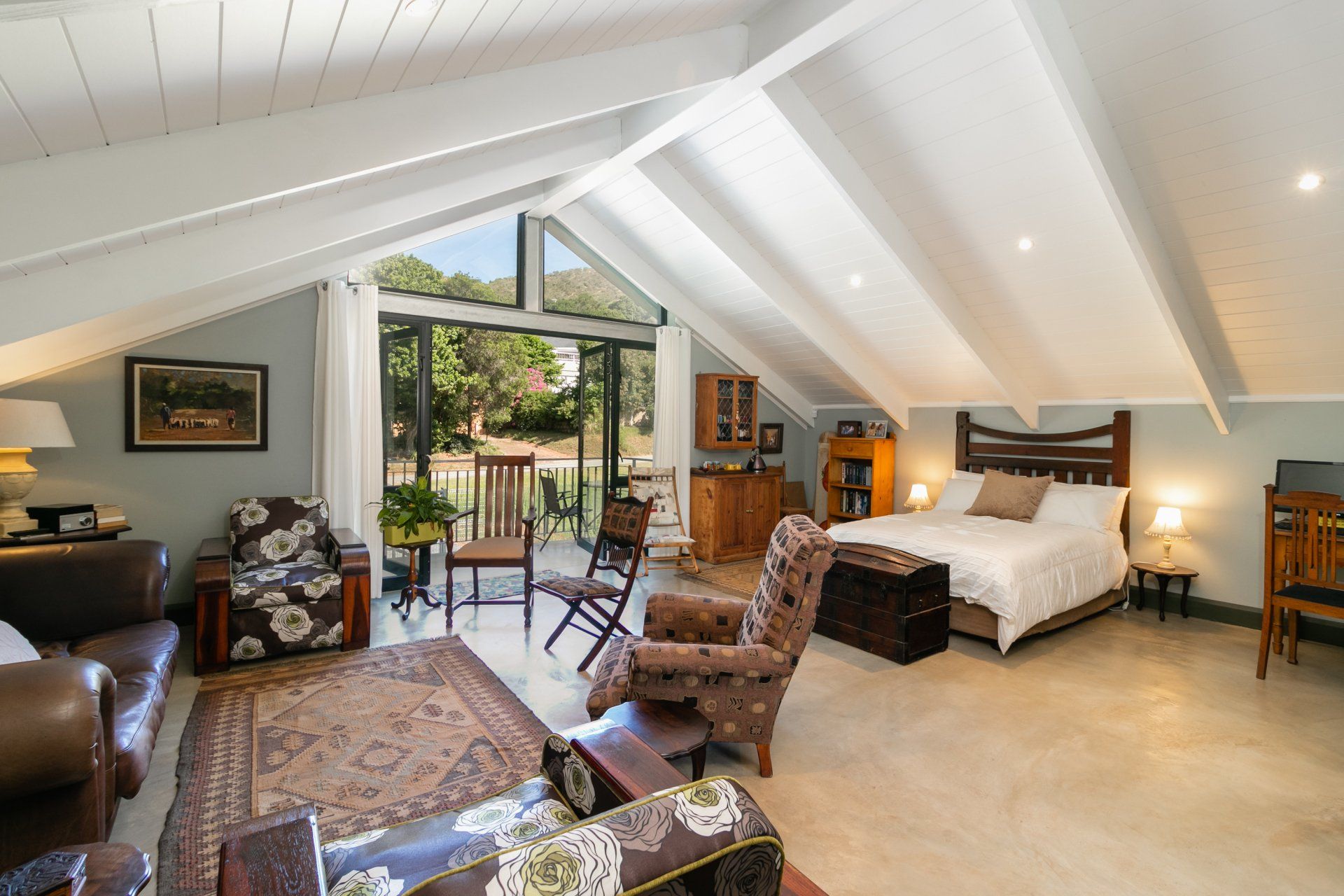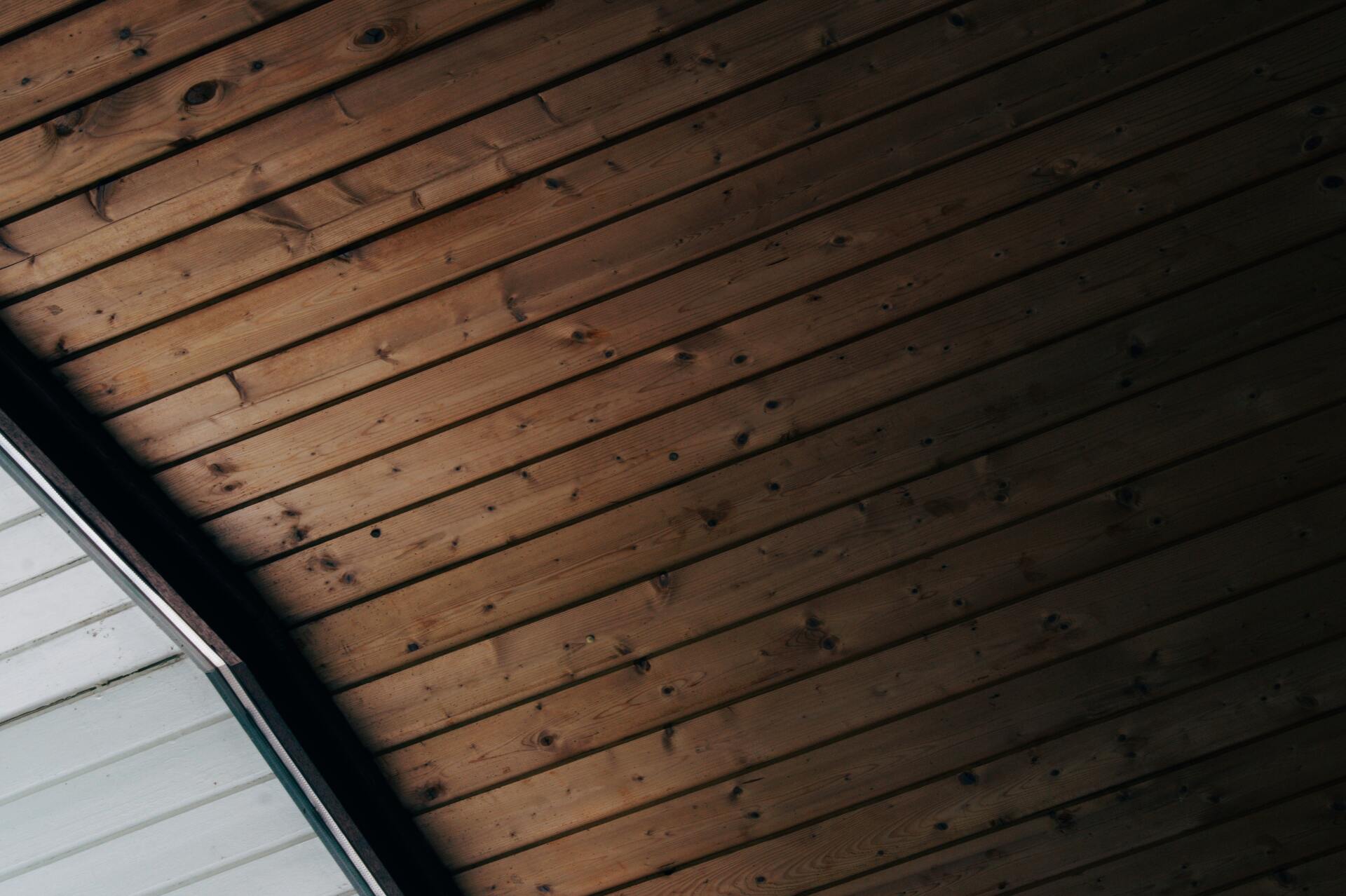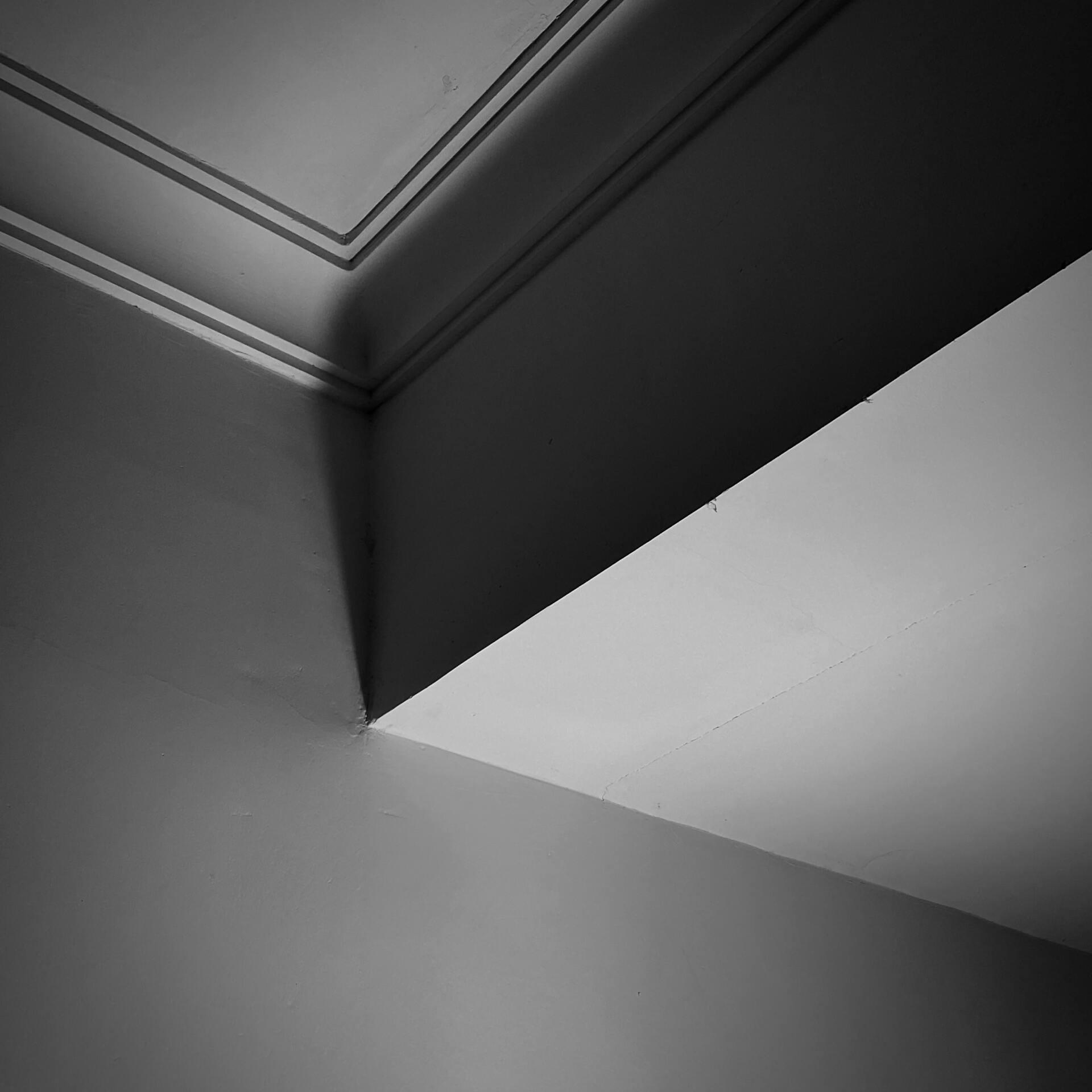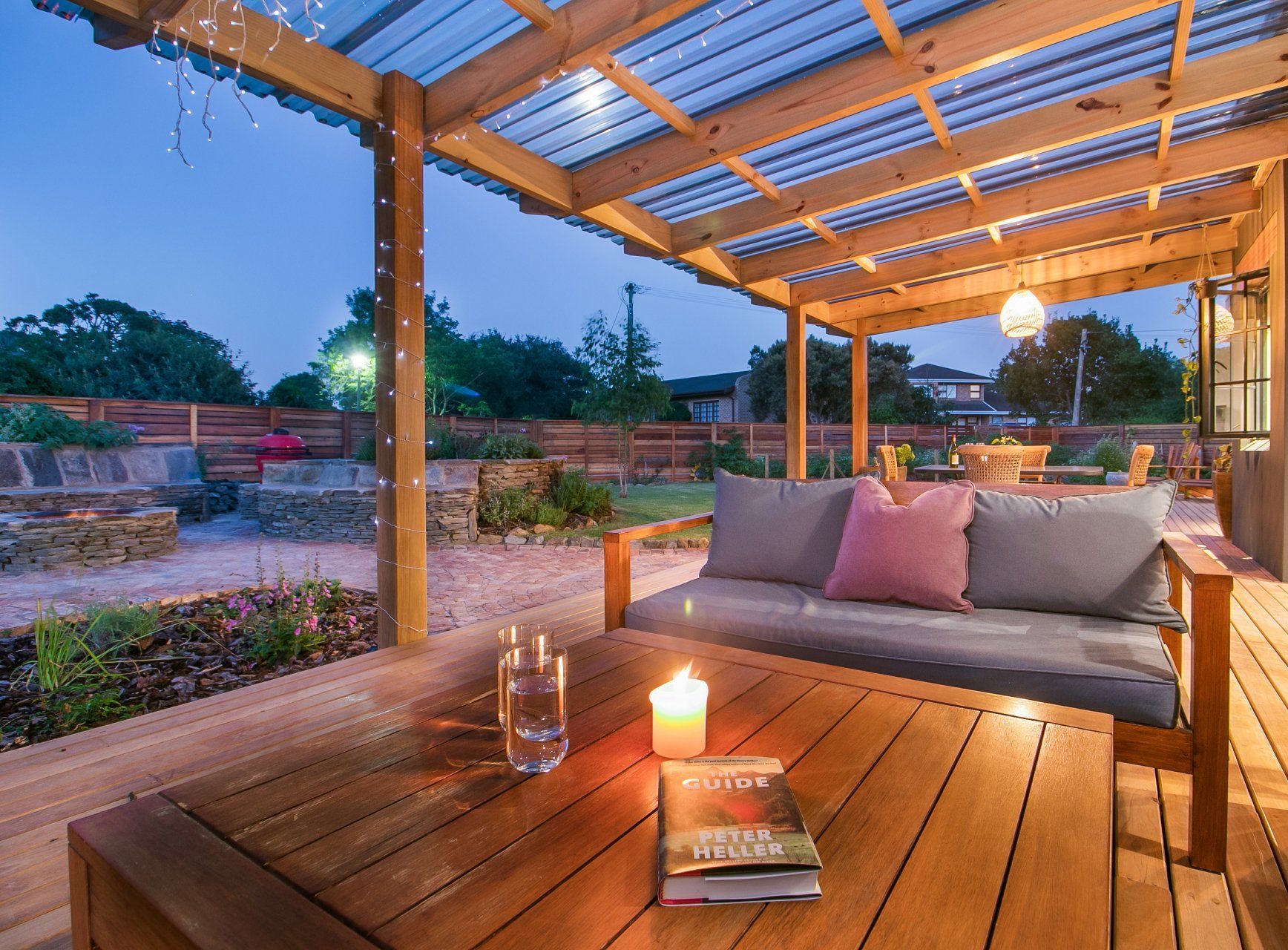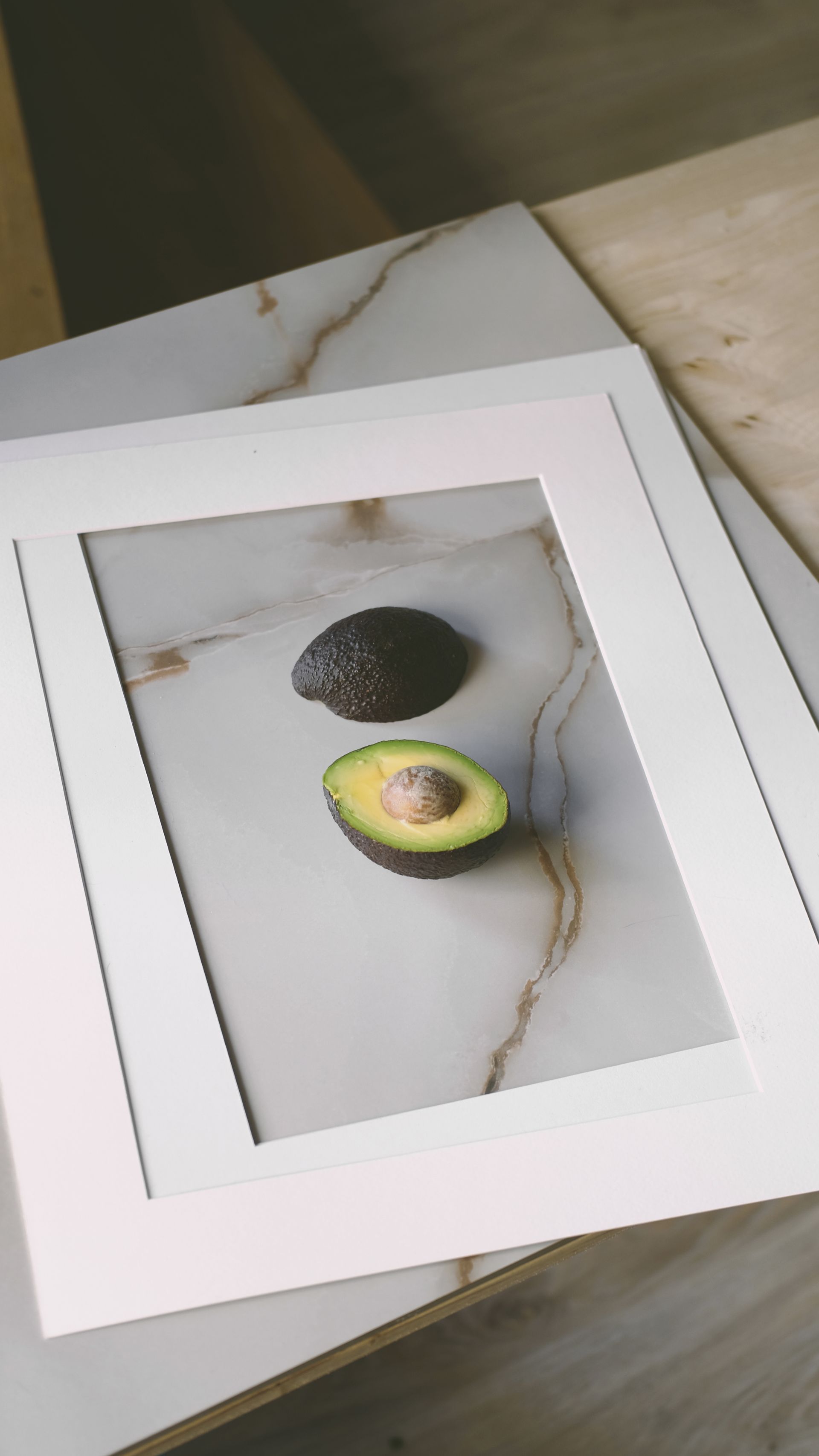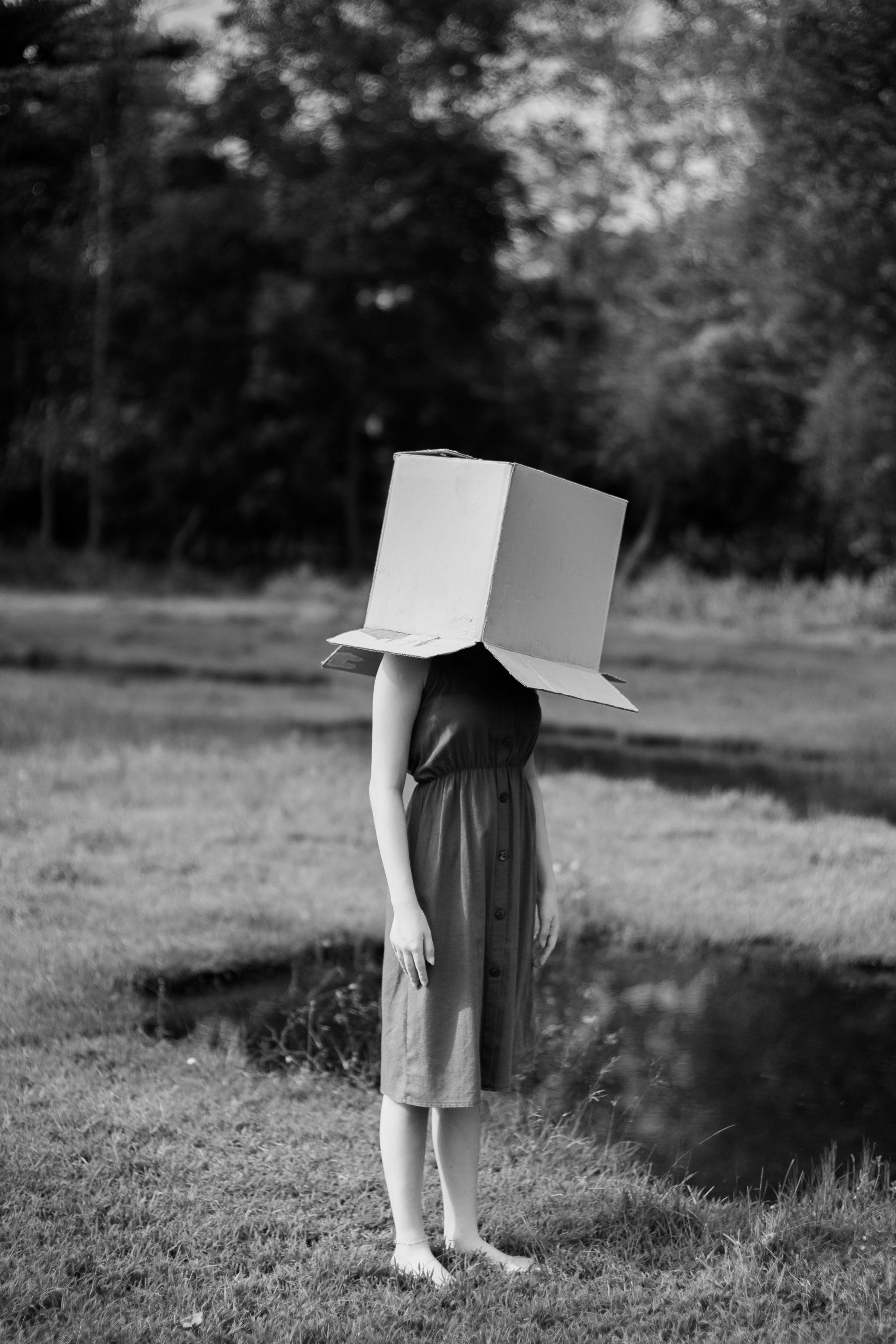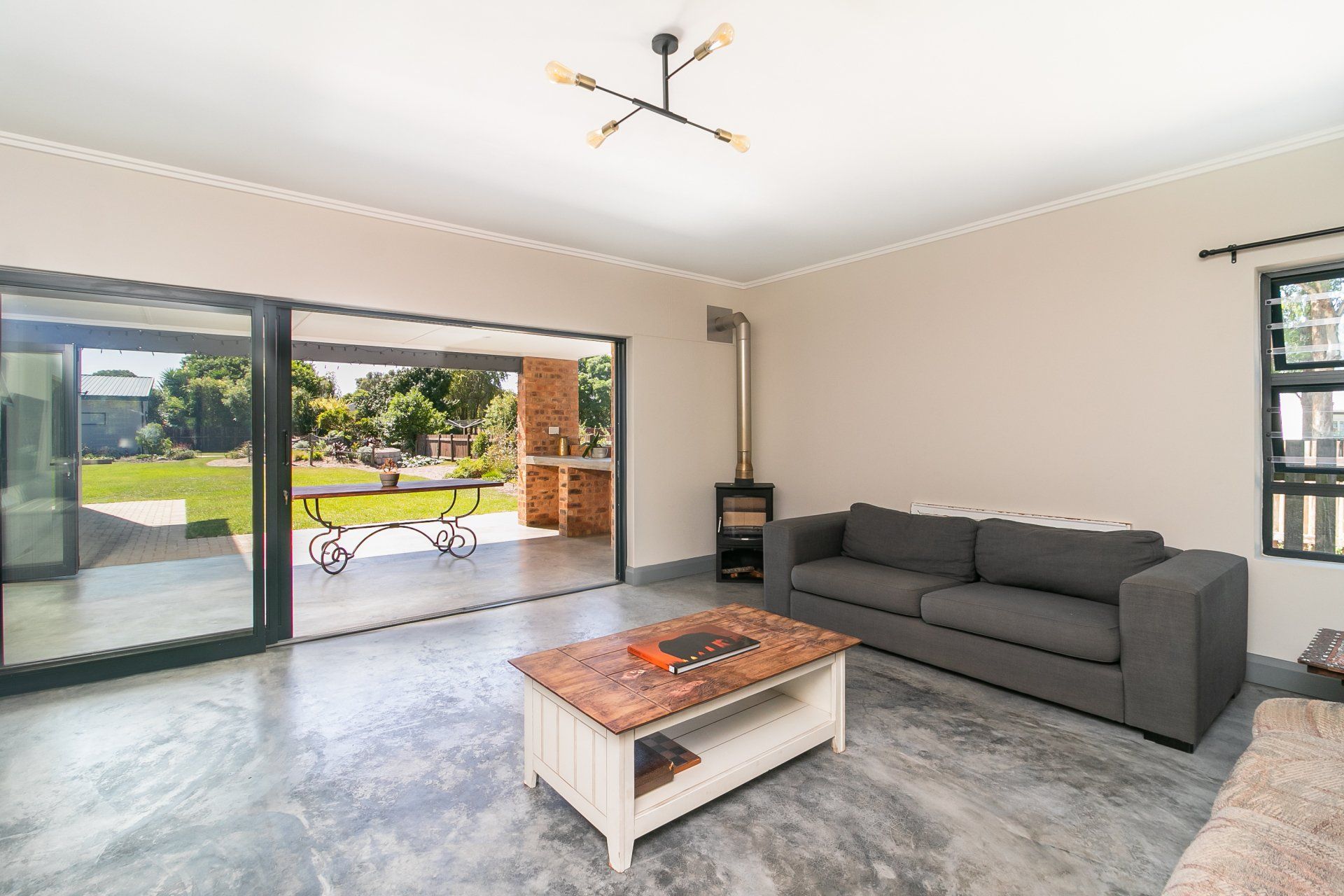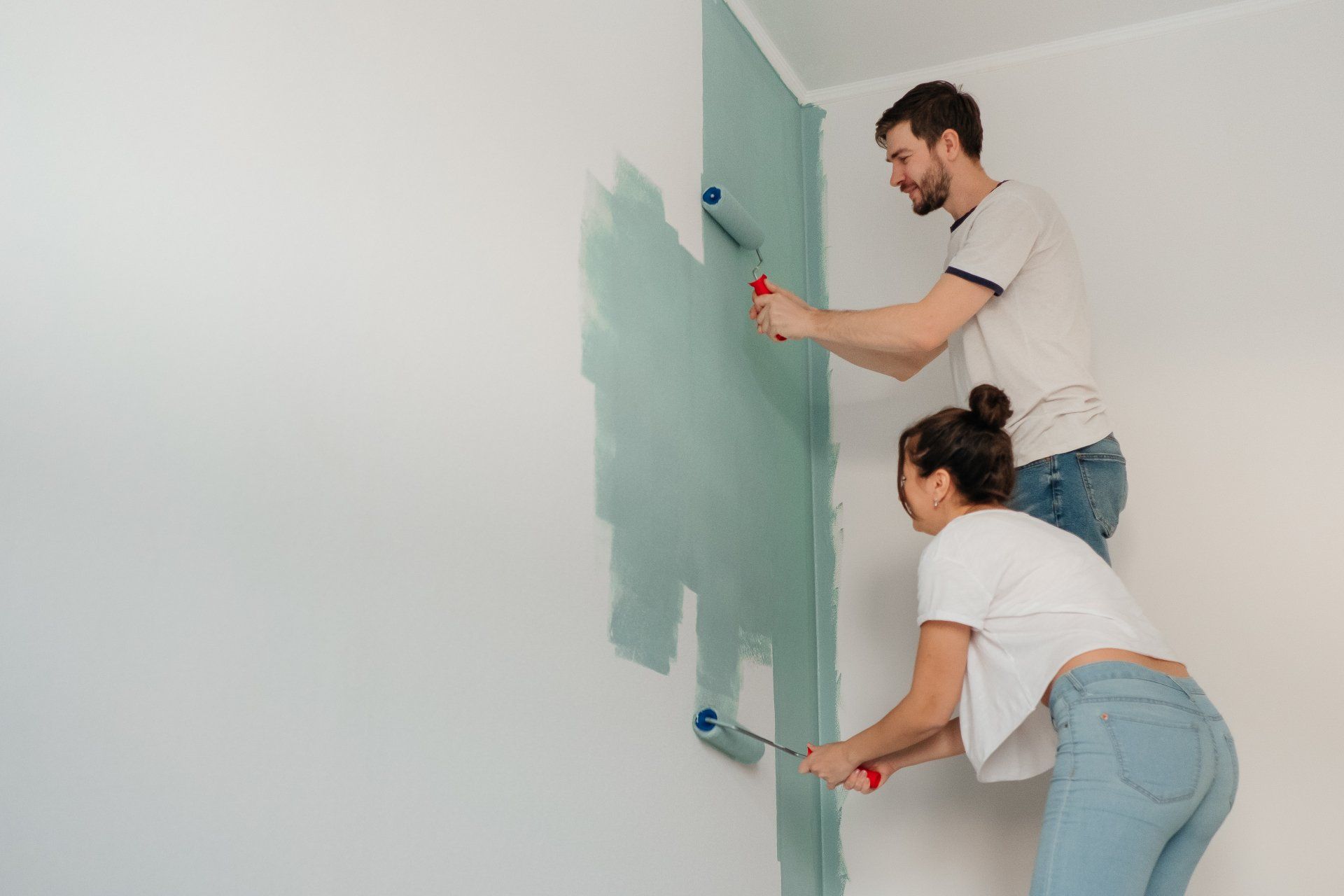Ceilings
Ceilings
One of the most important design features of a house
Ceilings’ may be smooth or have projecting ribs, coffers, or other sculptured details. Smooth ceilings may or may not cover beams. They are made from plaster, boards, or sheeting materials
Depending on your choice of ceiling, some installations are not complete without finishing it off with cornicing.
Cornice is a piece of decorative mould used around your rooms which defines the space at the corner between a wall and the ceiling above it, installed at an angle joining a wall to the ceiling.
Ceiling & Cornice Ideas
Conventional ceilings
A conventional ceiling construction type is commonly found in homes. These ceilings have a standard drywall finish and are made of lower-cost materials, requiring easy installation. Conventional ceilings are plain and flat
Shadow Line Ceiling
A 'shadow line' is achieved by using a specific metal angle as the junction between a wall and ceiling. The finish needs to hold a high quality so there is no room for rough edges, and the result is a room with 'shadow' around the ceiling, creating a distinctive effect to a room.
Double volume ceiling
A double-height space is when the ceiling is roughly twice as high as the ceilings in the other rooms.
Last word
Whatever you end up choosing the main things to consider is, your style, aesthetic you want to create, quality and the practicality of the ceiling with the type of building you have or are going to build.
